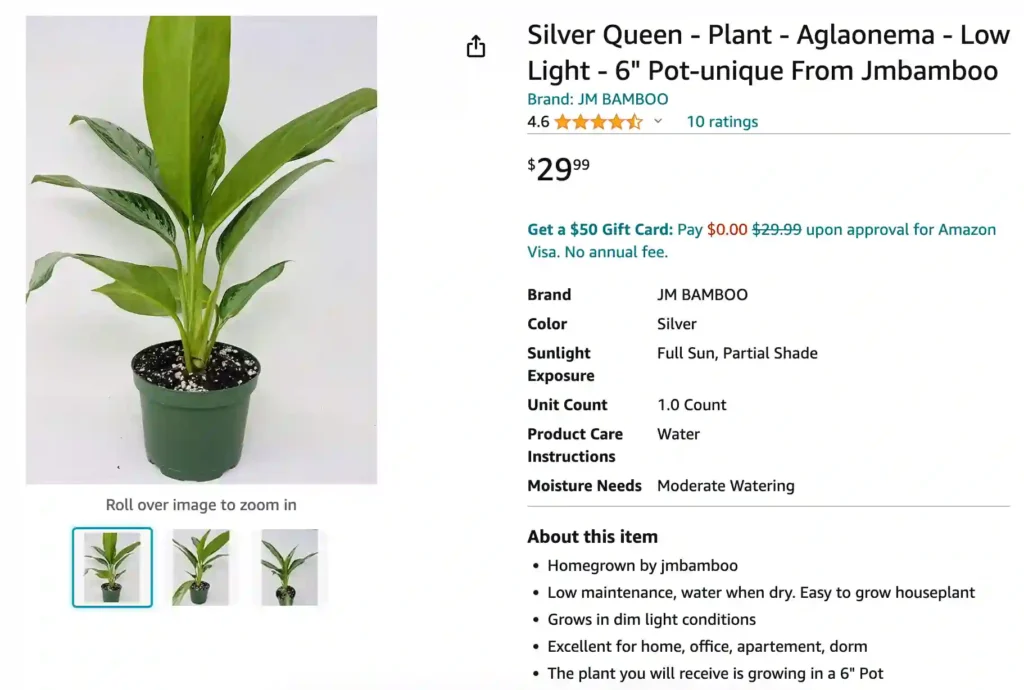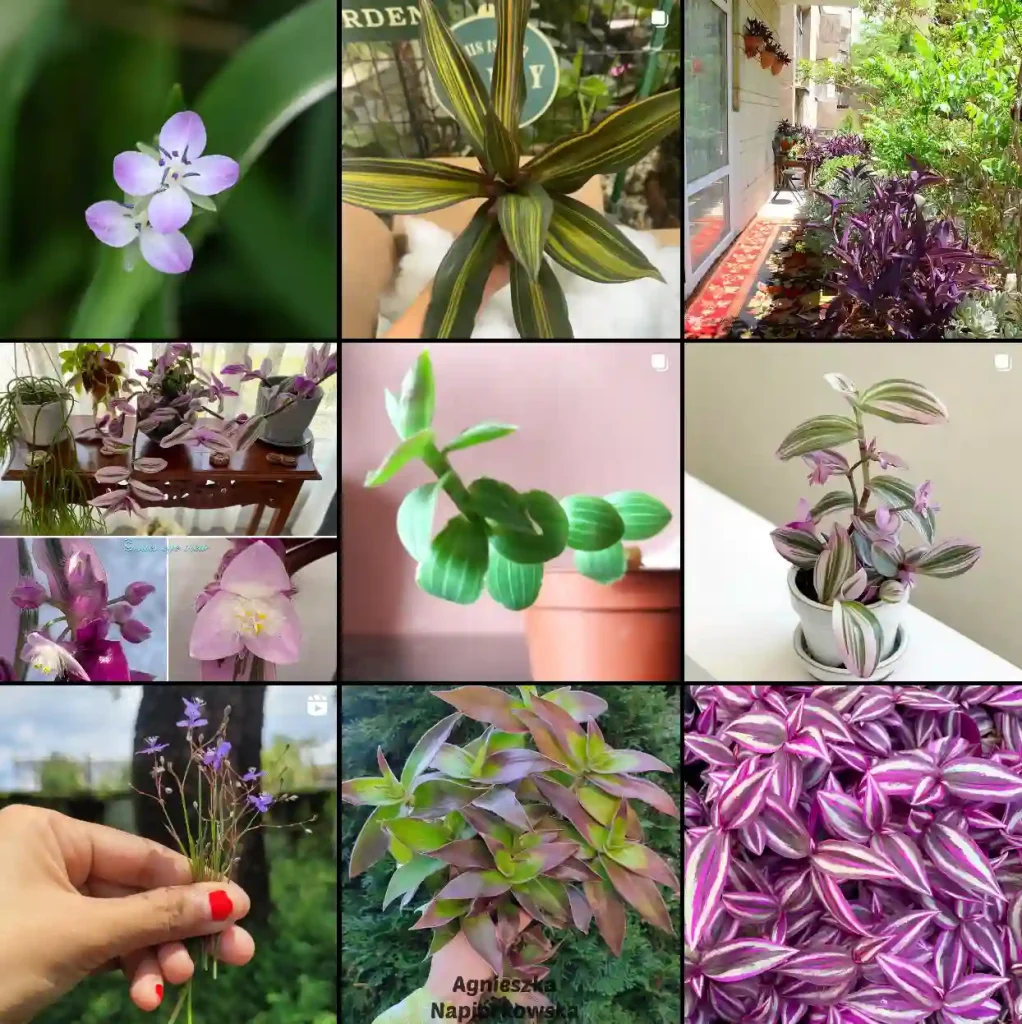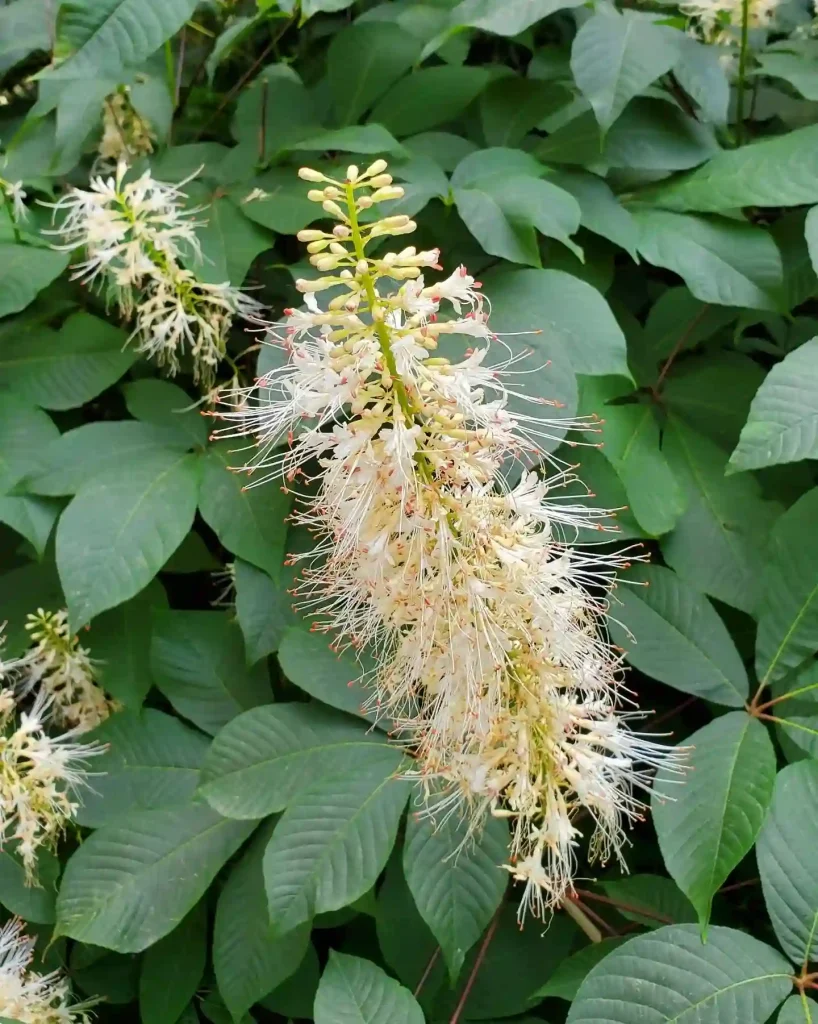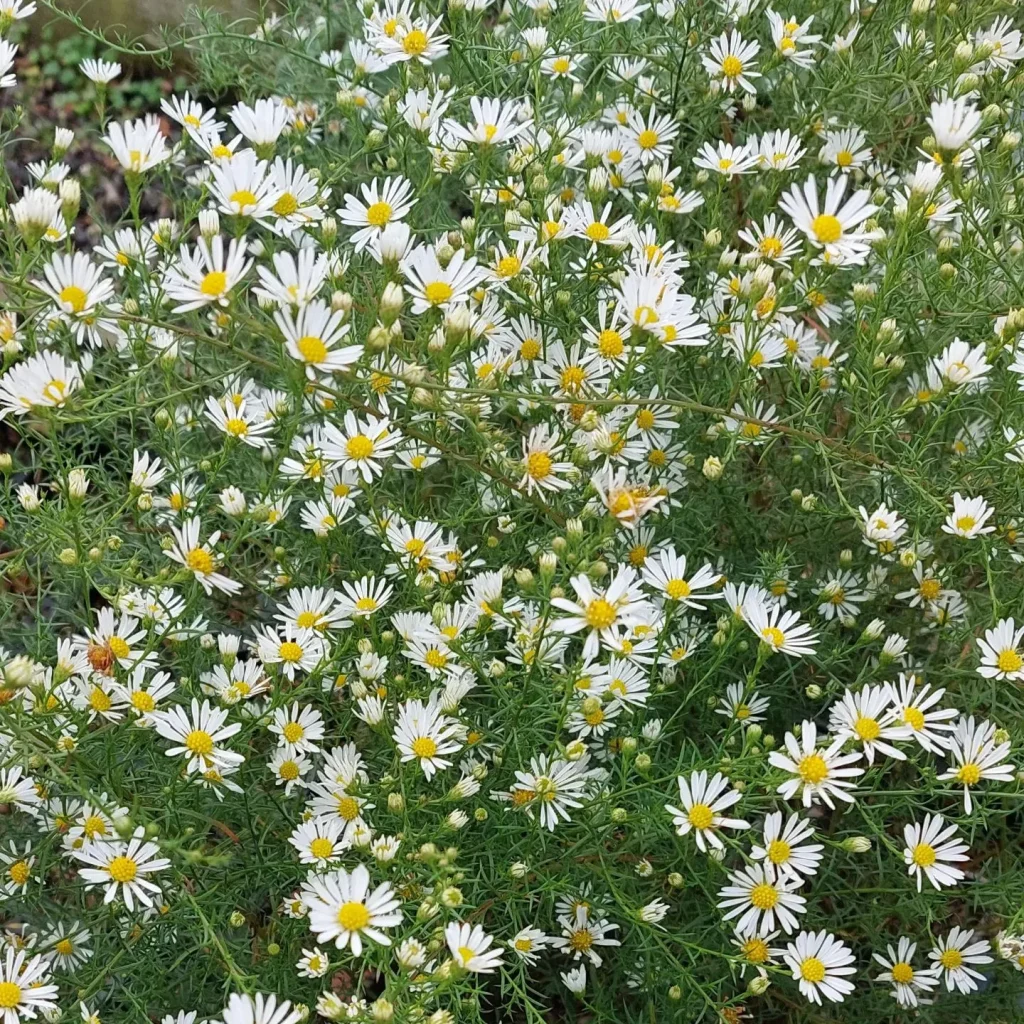
What is Aglaonema Silver Queen?
My urban jungle wouldn’t be the same without the shimmering beauty of the Aglaonema Silver Queen. This low-maintenance houseplant has stolen a prominent spot on my bookshelf, its silvery-green leaves catching the light and adding a touch of elegance to my workspace. But beyond its captivating looks, the Silver Queen boasts a surprising resilience, thriving even in the sometimes-forgetful care of a busy plant parent like myself.
For those seeking a fuss-free yet stunning addition to their indoor haven, the Aglaonema Silver Queen is an excellent choice. Here, I’ll share my experiences and some helpful tips to ensure your Silver Queen flourishes for years to come.
26 Species in Genus Aglaonema
Aglaonema Silver Queen vs Silver Bay:
I find the Silver Queen’s subtle silver hues really complementing my indoor space, adding a soft touch of elegance. In contrast, the Aglaonema Silver Bay stands out with its bold, variegated patterns that bring a vibrant splash of color to any room.
Aglaonema Silver Queen vs Silver King:
The Silver Queen’s delicate silvery tones create a calming atmosphere, perfect for a cozy corner. On the other hand, the Silver King’s larger leaves and striking silver markings make it a focal point in any plant collection, adding a touch of drama to my home decor.
How to care for Aglaonema Silver Queen?
Finding the Perfect Spot for Your Silver Queen
The Silver Queen isn’t picky about light. Unlike many houseplants that demand a sunny windowsill, this beauty prefers indirect light. In fact, excessive direct sunlight can scorch its delicate leaves. A shaded corner or a spot with filtered sunlight is ideal.
While the Silver Queen can tolerate lower light conditions, remember, light is still essential for photosynthesis. Avoid placing it in a completely dark corner, as this can lead to stunted growth and leggy stems.
Watering Wisely: Keeping Your Silver Queen Hydrated
Like most houseplants, the Silver Queen prefers consistently moist, but not soggy, soil. The key is to find the balance. Overwatering is a common culprit for root rot, so err on the side of underwatering.
Here’s a simple trick I use: Stick your finger into the soil about an inch deep. If it feels dry to the touch, it’s time to water. During warmer months, you might need to water your Silver Queen more frequently, while in cooler weather, watering can be reduced.
Creating a Thriving Environment: Temperature and Humidity
The Silver Queen thrives in average room temperatures, ideally between 65°F and 80°F (18°C and 27°C). Drastic temperature fluctuations can stress the plant, so avoid placing it near cold drafts or heat vents.
Humidity is another factor that can impact your Silver Queen’s health. While it can tolerate average household humidity levels, drier climates might benefit from a pebble tray filled with water placed under the pot (ensuring the pot doesn’t sit directly in the water).
Feeding Your Silver Queen: Fertilizer for Optimal Growth
While not strictly necessary, a balanced fertilizer can give your Silver Queen a little boost. During the growing season (spring and summer), a diluted liquid fertilizer applied once a month can promote healthy foliage growth. Always follow the manufacturer’s instructions for dilution and application.
Keeping Your Silver Queen Looking Its Best: Pruning and Repotting
The Silver Queen is a relatively slow grower, but occasional pruning can help maintain its shape and encourage bushier growth. Simply use sharp, sterilized pruning shears to remove any leggy stems or brown leaves.
Repotting is only necessary when the plant outgrows its current container. Signs of this include roots circling the pot or the plant pushing itself up out of the pot. Choose a pot that’s just slightly larger than the current one and use a well-draining potting mix specifically formulated for houseplants.
How to propagate Aglaonema Silver Queen?
The Aglaonema Silver Queen is a joy to share with fellow plant enthusiasts. Luckily, propagation is a relatively simple process. You can propagate your Silver Queen through stem cuttings or division.
For stem cuttings, take a healthy stem with a few leaves attached. Cut it just below a node (the bump where a leaf joins the stem) and pot it in a moist, well-draining potting mix. Keep the cutting in a warm, humid environment and wait patiently for roots to develop.
Division involves separating a mature Silver Queen into multiple plants. Carefully remove the plant from its pot and gently untangle the roots. Divide the root ball into sections, ensuring each section has healthy roots and leaves. Repot each division in a suitable container.
A Final Note: Potential Challenges
While the Silver Queen is generally a trouble-free plant, a few potential challenges can arise. Keep an eye out for common houseplant pests like mealybugs or spider mites. Neem oil spray is a natural and effective way to deal with these unwanted guests.
Remember, the Silver Queen is mildly toxic, so keep it out of reach of children and pets.
With a little TLC, your Aglaonema Silver Queen will reward you with years of stunning foliage and a touch of serenity in your indoor space. So, welcome this low-maintenance beauty into your home and enjoy its captivating presence!
If i die, water my plants!



